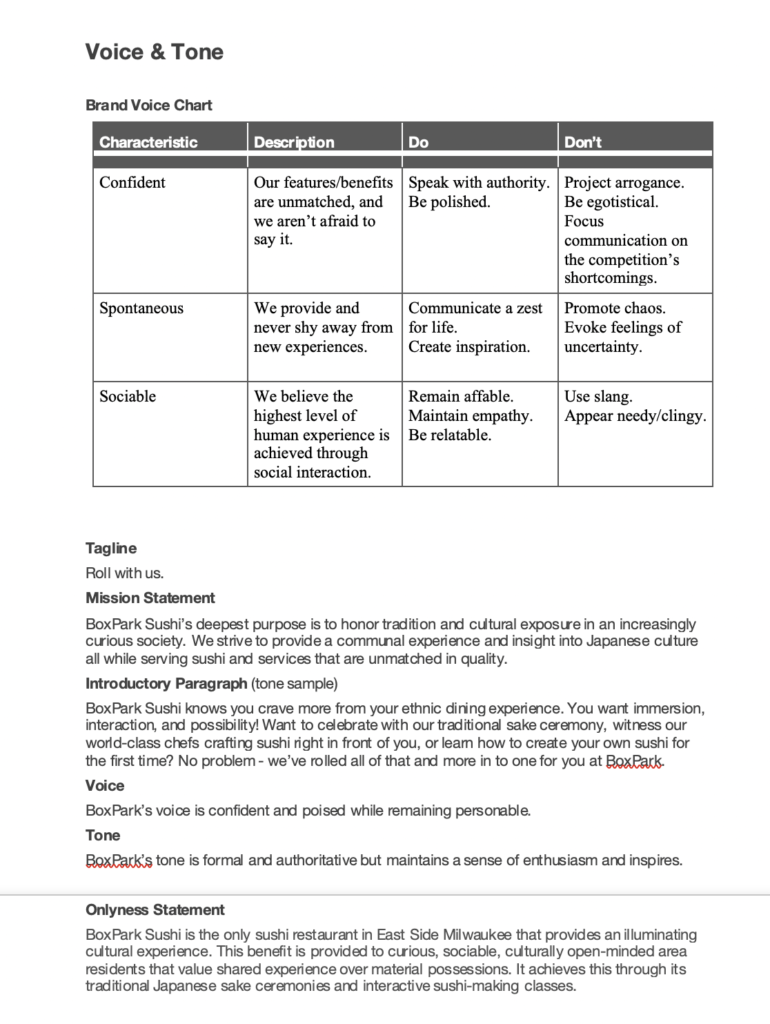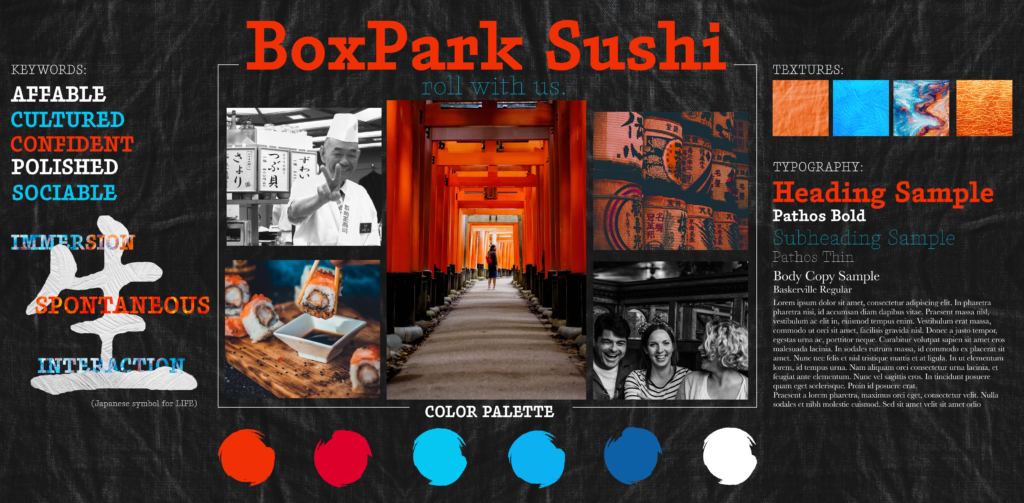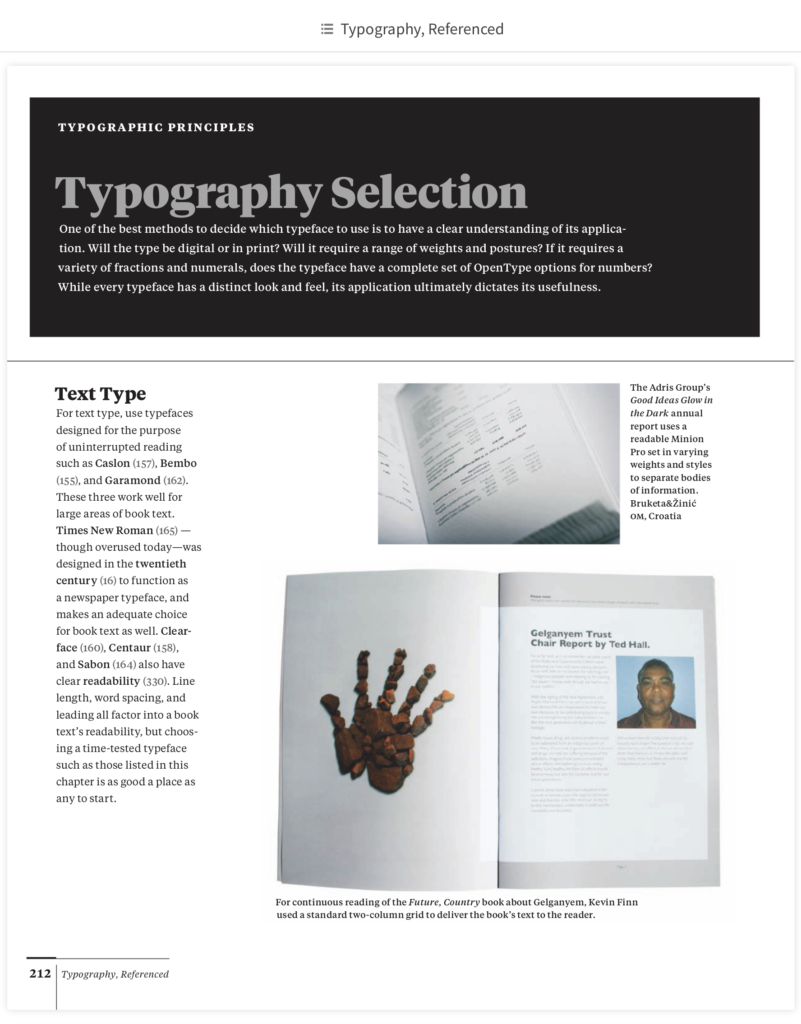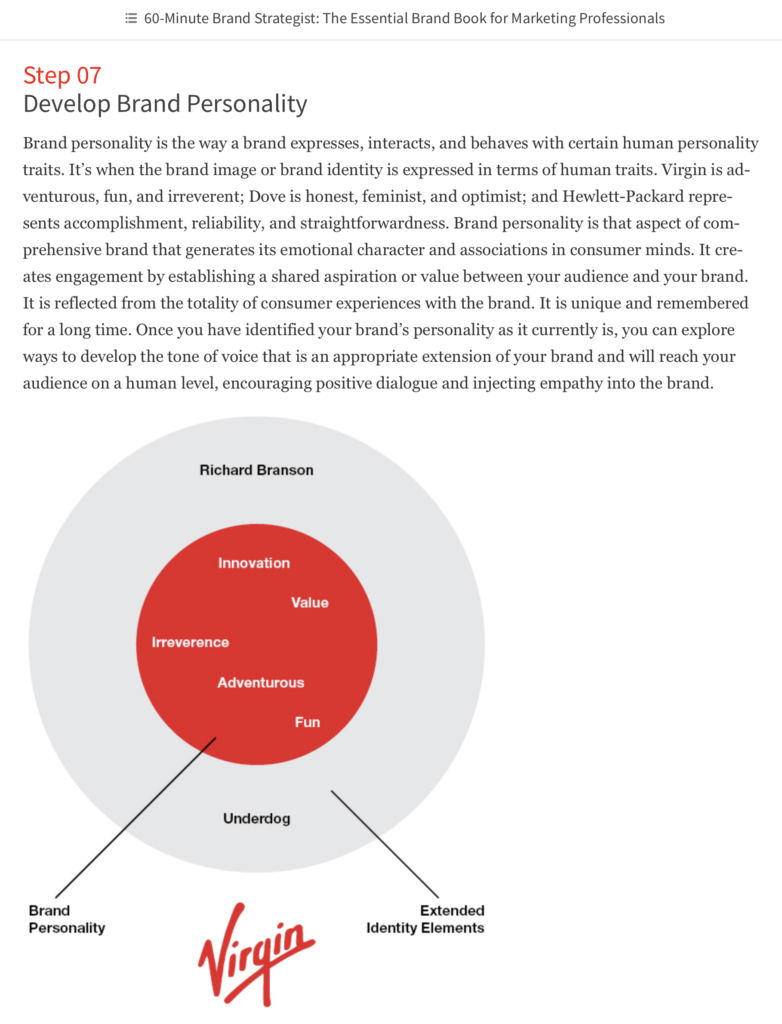Overview of Concepts
This month’s course, Design Integration, involved the continued development of branding the new sushi restaurant BoxPark Sushi, located in the East Side Neighborhood of Milwaukee, Wisconsin. This required exploration and establishment of a voice and tone for the brand. Further, a static vision board was created for BoxPark and included elements such as typography, imagery, color palette, and textures arranged in a way that communicate the voice and tone alongside established brand characteristics. A dynamic version of this vision board was also created. This piece of media conveys many the same attributes that the static vision board did but does it with through the added use of motion which allows the client to see the chosen design elements communicate in a more dynamic and engaging way. Lastly, media assets and a media plan most appropriate to BoxPark Sushi’s brand and target audience was developed and integrated into a final design brief. This design brief contains all pertinent information regarding product and user-centered research, visual choices, voice and tone, and the media plan.
Connecting/Synthesizing/Transforming
Regarding the development of BoxPark Sushi’s personality, voice, and tone, George Felton’s book Concept and Copy and Idris Mootee’s 60-Minute Brand Strategist were invaluable resources that were analyzed. To uncover an appropriate voice and tone, Felton urges one to write a brand mission statement, a slogan, and establish adjectives specific to the brand (Felton, 2013). These elements help determine a brand’s voice, or “its personality expressed in language” (Felton, 2013). The brand’s personality should create engagement and establish a shared aspiration or value between the brand and the target audience (Mootee, 2013). When a brand’s personality has been established, appropriate tone of voice can be chosen to ensure that dialogue takes place between the brand and the intended user on a human level so that empathy is injected into the relationship (Mootee, 2013).
Felton suggests dissection of the brand values and characteristics toward defining an effective voice and tone, while Mootee cites the importance of the interaction between a brand and its audience being a key factor in determining effectiveness. It’s clear that a successful voice and tone cannot be achieved without considering all these factors. To communicate authentically, a brand must be willing to evaluate itself as if it were a human being and attribute to it the qualities that it has and wishes to emote. Further, the target audience’s personality must be considered in a way that evaluates whether the established voice and tone will connect with them in a way that will encourage brand interaction. If there is a disconnect between these two things, then perhaps one or more areas should be reevaluated to ensure alignment.
This information was applied toward the development of BoxPark’s voice and tone. Considering BoxPark’s features and benefits, characteristics of sociability, confidence, affability, and spontaneity were attributed to the brand. The target audience’s personality and lifestyle were also taken into consideration to ensure that the voice and tone ultimately chosen would resonate with them and an empathetic relationship would be established. Further, “do’s” and “don’ts” in regard to voice and tone were established to guide proper use.

Problem Solving
The continued portrayal of BoxPark Sushi’s voice and tone through a dynamic vision board presented the problem of communicating these elements and other brand characteristics using motion. Multiple options were considered for this purpose. First, consideration was given to placing most of the focus on imagery of product features, specifically sushi and sake, and using animation and motion techniques in a way that drove communication of the brand characteristics. However, extensive searches into royalty free visuals revealed that several of the “lifestyle” based characteristics such as affability, sociability, and curiosity could be better communicated by showing video and imagery of humans portraying them. Taking this route allowed for a combination of live-action footage, animated still images, and motion applied to static graphics from the static vision board in a way that would best present the client with various visual applications of the brand’s voice and tone. This diverse approach was the appropriate choice, as it allows the viewer to watch humans demonstrate brand attributes while design elements such as the color palette and typography are animated to portray characteristics (Krasner, 2013) such as enthusiasm and spontaneity that deemed too difficult to represent with live action footage.
Innovative Thinking
The assignments completed this month were in line with industry standards and followed best practices. In that way, the assignments completed were not particularly innovative. However, regarding the static vision board, some degree of innovative thinking was required when developing a color palette that communicated the brand’s formal tone while maintaining a sense of personability and remaining affable. After much deliberation, this synergy was achieved using images of socially active and engaging individuals shown in a black and white color combination due to its formal connotations (Landis, 1969). With the formal tone addressed, various articles regarding color theory revealed proper choices to address the enthusiastic and inspiring (The Wix Team, 2017) nature of BoxPark’s brand. Using this method allowed for the vision board to remain uncluttered and laid out in a way that reflected the confidence and poise necessary to communicate the brand’s voice and tone.

Acquiring Competencies
1. Brand Voice and Personality – A brand should be looked at as if it were a human being to establish its character traits that will, in turn, lead to successful development of its voice and personality. (Occupational/Conceptual)
2. Brand Storytelling and Narrative – Uncovering the original core beliefs that prompted a brand into existence will allow a company to communicate a brand story that resonates emotionally with an audience. (Occupational/Conceptual)
3. Headline Development – Brand voice and tone should be referenced before settling on a headline to be used in advertising. (Occupational/Conceptual)
4. Design & Emotion – Design that resonates emotionally with an audience must focus on the feelings and experiences of intended product/service users as opposed to simply the features of said product. (Occupational/Conceptual)
5. Typography Considerations – Typefaces each have distinct characteristics that interact in specific ways with other typefaces and evoke certain connotations in viewers. (Occupational/Technical)
6. Color Considerations – Assumptions must be avoided when making decisions regarding color as culture, experience, background, and the target market can create varied meanings of specific colors. (Occupational/Conceptual)
7. Motion Design Basics & Philosophy – Full control of basic animation principles such as squash, stretch, acceleration, timing, pause, overlap, and follow through should be gained before taking advantage of software’s ability to streamline motion design. (Occupational/Technical)
8. Typography in Motion Graphics – Kinetic typography is a powerful component of motion graphics that can evoke emotion and communicate ideas in new and interesting ways, but restraint should be used so as not to let it dominate other visual elements of a piece. (Occupational/Technical)
9. Advertising Strategy – Advertising strategy should place the benefit to the consumer at the forefront of communication as alluding only to product features could cause the product or service to appear too generic. (Occupational/Conceptual)
10. Advertising Media Choices – One should weigh the pros and cons of each potential media option in regard to the specific brand and target audience’s current habits. (Occupational/Conceptual)
11. Design Brief – Both product and consumer research must be done extensively to establish a creative brief that will effectively define the problem and goals of a branding endeavor. (Occupational/Technical)
12. Social Media Marketing Advantages – When advertising through social media platforms, one should be sure to take advantage of the specific targeting tools offered by each platform to ensure the highest reach to the intended audience. (Occupational/Technical)
Reflection
The initial task of voice and tone development for BoxPark Sushi was valuable in gaining an understanding of a very important aspect of how brands communicate with their audience. A main takeaway from this assignment was the idea that if a brand is to be a successful communicator, human qualities and characteristics should be ascribed to it so that anyone designing for the brand knows exactly how it would “speak.” Performing user-centered research and applying knowledge gained from George Felton’s Advertising: Concept and Copy, Idris Mootee’s 60-Minute Brand Strategist, and the Delin study Brand Tone of Voice: A Linguistic Analysis of Brand Positions were essential for this project.
Task two, the static vision board, was a great exercise in developing a visual representation of task one’s voice and tone. The main importance of this assignment was understanding ways in which a designer can communicate brand characteristics through still photos, color choices, typographic considerations, texture, and composition of the design itself. To properly understand and apply these choices, Tyler Alterman’s Typography, Referenced, Landis’ dissertation on color theory, the Wilms’ study Color and emotion: Effects of Hue, Saturation, and Brightness, and visual strategies suggested in Felton’s book were all valuable research resources.
The third task, the dynamic vision board, required further communication of the brand’s voice, tone, and characteristics with the addition of applied motion. The importance of this exercise was the understanding of various ways motion can be applied to static elements to help them communicate in ways they otherwise could not. This exercise revealed how the power of editing pace, sound choices, kinetic typography, and the principles of animation can all be used in harmony to demonstrate brand characteristics in a cohesive and aesthetically pleasing manner. To learn these concepts, Jon Krasner’s Motion Graphic Design, the Gates article Typography for motion graphics, and the Ibrahim video editing study Cognitive and emotional effects of television’s structural features were research sources utilized that contained the information necessary to successfully complete this project.
Finally, the final task of creating a media plan and finalizing a client design brief was the culmination of both this and last month’s work. The importance of this task was realizing that each individual brand requires specific types of advertising and not all types will work sufficiently for each brand. Further, it was important to realize that the design brief should be more than a generic document with research information listed, but that it should utilize the established brand characteristics/visuals and be designed in a way that speaks like the client’s brand would speak. For these projects, Terry Lee Stone’s book Managing the Design Process, a video by Professor Wolters, Mary Frenson’s article How to Write Effective Design Briefs, Paula Borowska’s article How to Draft a Design Brief for Successful Projects, and articles specific to social media advertising advantages from Donnelly and Dziuba were valuable research material guiding final solutions.

Alterman, T. (2012). Typography, Referenced. 
Mootee, I. (2013). 60-minute brand strategist: The essential brand book for marketing professionals.
References
Alterman, T. (2012). Typography, Referenced. Rockport. https://learning.oreilly.com/library/view/typography-referenced/9781592537020/
Borowska, P. (2020, February 3). How to draft a design brief for successful projects. Design Modo. Retrieved June 13, 2021, from https://designmodo.com/design-brief/
Delin, J. (2005). Brand tone of voice: A linguistic analysis of brand positions. Journal of Applied Linguistics, 2(1), 1–44. Retrieved June 1, 2021, from http://web.b.ebscohost.com.oclc.fullsail.edu:81/ehost/detail/detail?vid=4&sid=69e0e63b-849a-434a-a403-a67e7e9accba%40sessionmgr103&bdata=JnNpdGU9ZWhvc3QtbGl2ZQ%3d%3d#AN=26388041&db=ufh
Donnelly, G. (2021, January 23). Everything you need to know about instagram story ads. World Stream. Retrieved June 13, 2021, from https://www.wordstream.com/blog/ws/2018/08/07/instagram-story-ads
Dziuba, T. (2020, February 10). 7 Benefits of using facebook advertising for your business. AdvertiseMINT. Retrieved June 13, 2021, from https://www.advertisemint.com/7-benefits-of-using-facebook-advertising-for-your-business/
Felton, G. (2013). Advertising: Concept and Copy (Third ed.) [VitalSource Bookshelf]. Pearson Education. https://bookshelf.vitalsource.com/#/books/9780393733921/
Frenson, M. (2016, July 5). How to write effective design briefs: a quick guide. Unmatched Style. Retrieved June 13, 2021, from https://unmatchedstyle.com/news/how-to-write-effective-design-briefs-a-quick-guide.php
Gates, C. (2015). Typography for motion graphics. Videomaker, 30(3), 58–60. Retrieved April 6, 2021, from http://web.b.ebscohost.com.oclc.fullsail.edu:81/ehost/detail/detail?vid=0&sid=9572d9b6-07ef-4113-a59f-29d0f953cc18%40pdc-v-sessmgr02&bdata=JnNpdGU9ZWhvc3QtbGl2ZQ%3d%3d#AN=109097359&db=f3h
Ibrahim, A. (2003). Cognitive and emotional effects of television’s structural features: A research synthesis. Conference Papers — International Communication Association, 31–34. Retrieved June 7, 2021, from http://web.b.ebscohost.com.oclc.fullsail.edu:81/ehost/detail/detail?vid=6&sid=4b6ffb8f-4547-4a64-ae4e-580444be4acd%40sessionmgr101&bdata=JnNpdGU9ZWhvc3QtbGl2ZQ%3d%3d#AN=16028145&db=ufh
Krasner, J. (2013). Motion graphic design (3rd ed.). Focal Press. https://learning.oreilly.com/library/view/motion-graphic-design/9780240821139/
Landis, M. (1969). Color preferences and self-concept related through color meanings (College of William & Mary – Arts & Sciences) [Dissertations, Theses]. W&M ScholarWorks. https://core.ac.uk/reader/235408538
Mootee, I. (2013). 60-minute brand strategist: The essential brand book for marketing professionals. Wiley. https://learning.oreilly.com/library/view/60-minute-brand-strategist/9781118659960/
Professor Wolters. (2020, January 29). Should you advertise on TV, radio, newspaper, or online? the media mix explained. YouTube. Retrieved June 13, 2021, from https://www.youtube.com/watch?v=CzksdLVD7iY
Stone, T. L. (2010). Managing the Design Process. Rockport. https://learning.oreilly.com/library/view/managing-the-design/9781592536177/
The Wix Team [WixBlog]. (2017, March 28). Psychology & design: How to use colors to evoke emotions. WixBlog. Retrieved June 5, 2021, from https://www.wix.com/blog/2017/03/psychology-design-how-to-use-colors-to-evoke-emotions/
Wilms, L. (2018). Color and emotion: effects of hue, saturation, and brightness. Psychological Research, 82(5), 896–914. Retrieved June 3, 2021, from http://web.a.ebscohost.com.oclc.fullsail.edu:81/ehost/detail/detail?vid=4&sid=d18e72c2-f983-4d00-a5a0-79dd98ce6a9d%40sessionmgr4007&bdata=JnNpdGU9ZWhvc3QtbGl2ZQ%3d%3d#AN=131517795&db=pbh